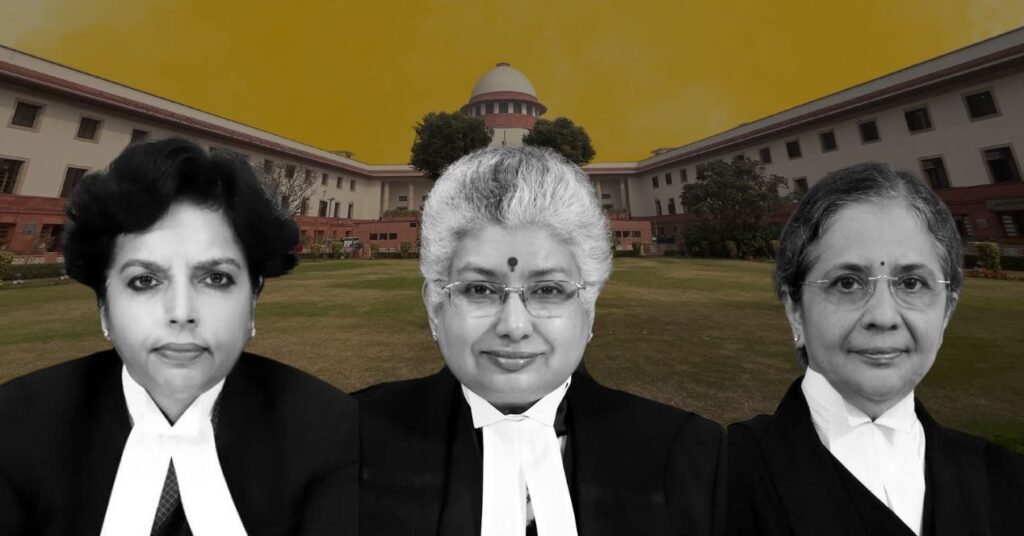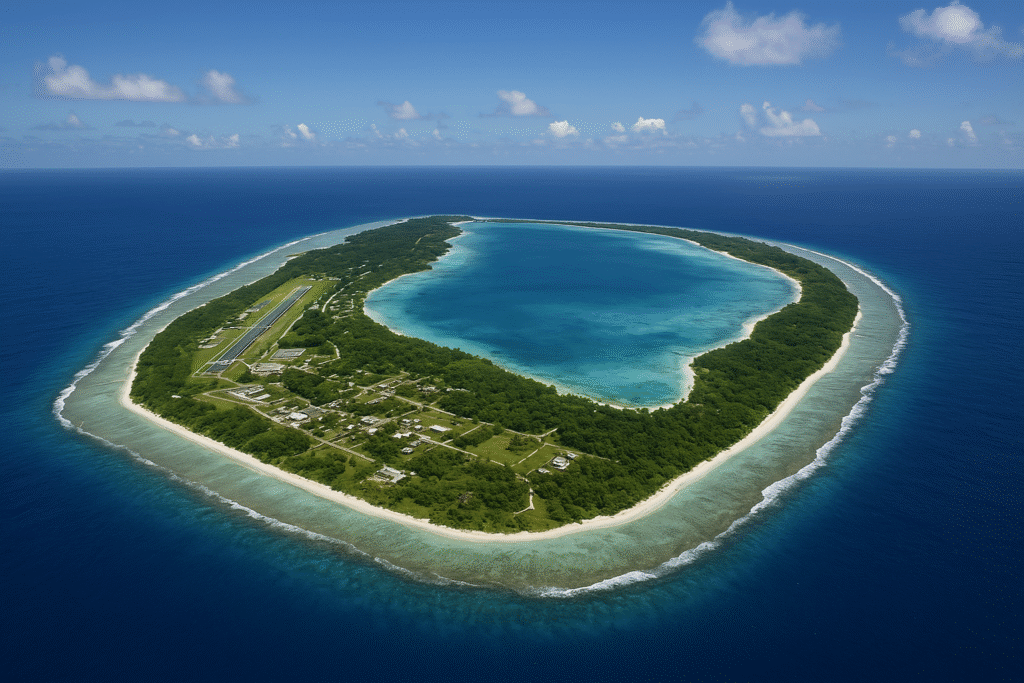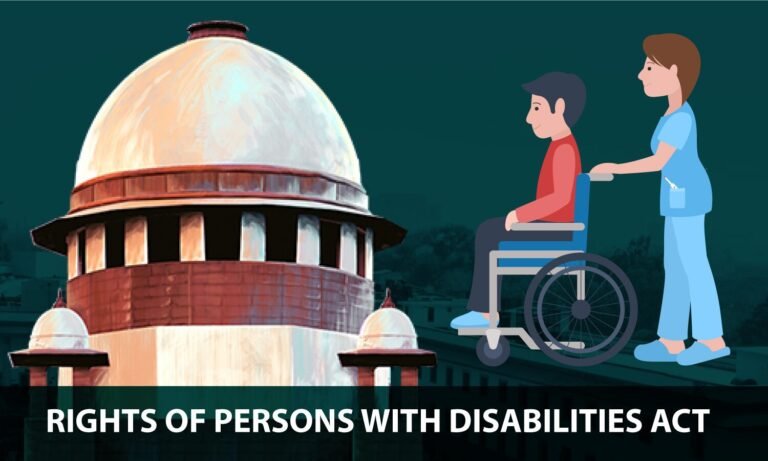SEPTEMBER 05, 2025
India Needs More Women Judges in the Supreme Court
With the retirement of Justice Sudhanshu Dhulia on August 9, 2025, the Supreme Court of India now has two vacancies. Notably, the Court currently has no sitting woman judge, following the retirement of Justice B.V. Nagarathna on September 24, 2024. This stark absence highlights a serious gender imbalance in India’s highest judicial body.
A Historical Perspective
Since its inception, 257 judges have been appointed to the Supreme Court, but only 11 have been women.
Justice Fathima Beevi, appointed in 1989, was the first woman judge, marking a historic milestone for Indian women in law.
Other notable women judges include Justice Ruma Pal, Justice Gyan Sudha Misra, and Justice Indu Malhotra, but their tenures were often shorter compared to male judges.
Despite progress, the proportion of women in the Supreme Court remains below 5%, reflecting deep-rooted systemic barriers.
Current Issues Facing Women in the Judiciary
Lack of Gender Diversity
The absence of women in the Supreme Court is indicative of broader gender disparities in the legal profession.
Gender diversity ensures balanced perspectives, especially in cases related to women’s rights, family law, and social justice.
Appointment Procedure
The collegium system of appointments does not explicitly prioritize gender representation.
This often results in men occupying the majority of positions, perpetuating inequality.
Barriers for Women Lawyers
Fewer opportunities for senior positions and mentoring.
Cultural and societal perceptions sometimes undermine the capabilities of women lawyers.
A lack of representation at senior levels reduces visibility and access to judicial appointments.
Tenure and Representation
Women judges often serve shorter tenures than men, limiting their impact on legal jurisprudence and institutional policy.
Why Women Judges Matter
Fairness & Inclusivity: A judiciary that reflects society enhances public trust and promotes inclusive decision-making.
Social Justice & Perspective: Women judges can bring unique insights, particularly in gender-sensitive cases, protecting the rights of marginalized groups.
Role Models: Their presence inspires future generations of women lawyers to aspire to higher judicial positions.
Efforts and Suggestions
Some legal experts suggest reserving a minimum number of appointments for women, at least in high courts and the Supreme Court.
Mentorship and support programs for women lawyers can help them navigate systemic barriers.
Reforms in the collegium system to improve transparency, diversity, and representation could accelerate progress.
Takeaway
The absence of women in India’s Supreme Court is not just a symbolic issue; it reflects systemic gender inequality in one of the most important pillars of democracy.
Greater representation of women judges is essential for a fair, inclusive, and trustworthy judiciary.
Moving forward, policy reforms, mentorship, and conscious appointments can help ensure that gender parity in the judiciary is not just a goal, but a reality
.

SEPTEMBER -09, 2025
Mission Sudarshan Chakra: India’s Indigenous Air Defence Shield

In August 2025, India took a giant leap in defence technology with the announcement and testing of Mission Sudarshan Chakra, a multi-layered, integrated air defence system designed to protect the nation from a variety of aerial threats.
1. What is Mission Sudarshan Chakra?
Mission Sudarshan Chakra is India’s version of an ‘Iron Dome’, developed by the Defence Research and Development Organisation (DRDO).
Purpose: Protect India from fighter jets, drones, missiles, and hypersonic weapons.
Components: Combines radars, interceptor missiles, electronic warfare systems, and directed energy weapons (lasers).
Scope: Designed to create a 360-degree protective shield over strategic locations, military bases, and major cities.
2. Background and Need
India’s modernisation of air defence became critical due to:
Increasing threats from cross-border missile capabilities.
Advances in drone warfare and hypersonic weapons globally.
Need for Aatmanirbhar Bharat in defence technology.
The Sudarshan Chakra system is part of India’s self-reliant defence mission, reducing dependence on foreign missile systems like Russia’s S-400.
3. Recent Developments
In August 2025, DRDO successfully tested the Integrated Air Defence Weapon System (IADWS) under Mission Sudarshan Chakra.
The test included:
Quick Reaction Surface-to-Air Missiles (QRSAM)
Very Short Range Air Defence Systems (VSHORADS)
Directed Energy Weapons (DEW/lasers)
These tests marked a significant milestone in creating a multi-layered defence shield capable of intercepting advanced threats.
SEPTEMBER - 11, 2025
Diego Garcia: The Island that Shapes Global Geopolitics
When you look at a world map, Diego Garcia might appear as just a tiny speck in the middle of the Indian Ocean. But in reality, this isolated atoll has become one of the most strategically important locations on Earth. Its story is not just about geography—it is also about power, displacement, and international law.
Where is Diego Garcia?

Diego Garcia is the largest island in the Chagos Archipelago, a group of over 50 small islands located in the central Indian Ocean. Shaped like a horseshoe, it lies around 3,500 km east of Africa, 2,000 km south of India, and right in the middle of key global shipping and aviation routes.
Because of this location, Diego Garcia is sometimes called the “unsinkable aircraft carrier” of the Indian Ocean.
A Brief History
16th century: First sighted by Portuguese explorers.
18th century: Came under French control, and coconut plantations were developed using enslaved African labour.
1814: After the Napoleonic Wars, the islands were ceded to Britain.
1965: The UK separated the Chagos Archipelago from Mauritius and created the British Indian Ocean Territory (BIOT).
1960s–1970s: Indigenous inhabitants, known as Chagossians, were forcibly removed to Mauritius and Seychelles to make way for a joint UK–US military base.
This displacement remains one of the most controversial aspects of Diego Garcia’s history.
The Military Base: Why So Important?
Since the 1970s, Diego Garcia has hosted a massive UK–US military base. It includes:
A long runway capable of handling strategic bombers.
A deep-water port for warships and submarines.
Pre-positioned military supplies, fuel, and logistics hubs.
The base has been used during:
The Gulf War (1991)
The Afghanistan War (2001 onwards)
The Iraq War (2003)
In simple words, Diego Garcia gives Western powers the ability to project military strength quickly across the Middle East, East Africa, and Asia.
Sovereignty Dispute: UK vs Mauritius
For decades, Mauritius has claimed sovereignty over the Chagos Islands. The issue went to international courts:
2019: The International Court of Justice (ICJ) ruled that the UK’s control was unlawful and that the islands should be returned to Mauritius.
2021: The UN General Assembly passed a resolution demanding the same.
May 2025: The UK finally agreed to transfer sovereignty to Mauritius, but with one condition: Diego Garcia would remain under lease for 99 years to maintain the military base.
This agreement recognizes Mauritius as sovereign, but ensures the base continues to operate for decades.
Life on the Island
Unlike other tropical islands, Diego Garcia is not a tourist paradise. It has no permanent civilian population—only military personnel, contractors, and support staff.
Life is unique:
Beaches and turquoise lagoons surround the base.
Wildlife conservation is active, with turtles and seabirds thriving.
Social life is limited to gym, canteens, and community events.
Isolation is a big challenge—residents are far from family, and internet access is restricted.
Controversies and Human Rights Issues
The forced eviction of Chagossians remains one of the darkest chapters in Diego Garcia’s history. Thousands were relocated, losing their homeland, culture, and livelihoods. Many continue to fight for the right to return.
There are also environmental concerns. As a coral atoll, Diego Garcia faces threats from rising sea levels and military activity. Balancing strategic needs with sustainability is a growing challenge.
Why Diego Garcia Matters Today
Strategic Hub: It anchors Western presence in the Indian Ocean.
Geopolitical Rivalries: With China expanding its naval footprint, Diego Garcia remains vital for counterbalance.
Sovereignty & Justice: The Mauritius–UK agreement and the rights of Chagossians are key issues in international law.
Future Uncertainty: What happens after the 99-year lease? Will Chagossians return? Will the base remain as powerful in a changing world?
Conclusion
Diego Garcia is more than just an island—it is a symbol of how geography can shape global politics. It is also a reminder of how power struggles often come at a human cost. As Mauritius takes sovereignty and the world’s strategic map evolves, Diego Garcia will continue to remain in the spotlight of international debates for decades to come.
SEPTEMBER - 24, 2025
SUPREME COURT QUESTIONS ALLOCATION OF DISABILITY QUOTAS
Introduction
On September 12, 2025, the Supreme Court of India raised significant concerns regarding the implementation of reservation policies for persons with disabilities (PwD). A bench comprising Justices Vikram Nath and Sandeep Mehta questioned why candidates with disabilities, who perform on par with or better than general category candidates, are still considered under the reserved PwD quota instead of being treated as unreserved candidates.
Key Issues Highlighted by the Court
Merit-Based Discrimination
The Court emphasized that PwD candidates who qualify on merit above the general category cut-off should be treated as unreserved. This practice contrasts with the treatment of candidates from Scheduled Castes (SC) and Scheduled Tribes (ST) categories, who are placed in the general category if they meet the merit criteria.
Lack of Upward Mobility
The Court also questioned the Centre about the lack of upward mobility for meritorious PwD candidates in reserved employment, even when they score above the unreserved category cut-off. This situation indicates a form of “hostile discrimination” against PwDs in employment.
Implementation of “Project Ability Empowerment”
In response to these concerns, the Supreme Court directed the launch of “Project Ability Empowerment,” a nationwide monitoring initiative to assess the status of state-run care institutions for persons with cognitive disabilities. This project will be conducted by eight National Law Universities.
Legal Framework: The Rights of Persons with Disabilities Act, 2016
The Rights of Persons with Disabilities (RPwD) Act, 2016 mandates a 4% reservation for PwDs in government jobs. However, the actual employment figures suggest a significant gap between the legal mandate and its implementation. As of 2022, only about 1.1% of employees in central ministries were PwDs, with the distribution as follows:
Group A: 1%
Group B: 1.53%
Group C (non-Safai Karmachari): 1.1%
Group C (Safai Karmachari): 1.93% (highest)
Way Forward
Policy Directives for Career Progression: The Union Government should issue a mandatory directive to facilitate upward mobility in recruitment and promotions for persons with disabilities (PwDs). Coordinated action between the Department of Personnel & Training (DoPT) and the Ministry of Social Justice & Empowerment (MSJE) can ensure that all ministries comply with the Supreme Court’s guidelines.
Alignment of Service Rules: Both central and state service regulations should be updated to reflect the provisions of the RPwD Act. Such amendments should ensure that PwDs benefit from upward mobility measures similar to those provided to OBC/SC/ST categories, without affecting the reservation quotas of others.
Transparency and Monitoring: Regular publication and verification of disability representation data are essential. The DoPT Annual Report should provide comprehensive ministry-wise coverage, supported by independent audits to ensure compliance.
Universal Disability ID Implementation: The Unique Disability ID (UDID) program should be fast-tracked to provide all eligible PwDs with identification. Complete implementation of UDID will facilitate equitable access to reservation and related benefits.
Capacity Building and Awareness: Training institutes should incorporate disability rights into their programs. Institutions such as the Lal Bahadur Shastri National Academy of Administration (LBSNAA) and State Administrative Training Institutes can include specialized modules on reasonable accommodations and upward mobility to sensitize recruiters.
Independent Oversight: Establish a central authority to monitor employment and career progression of PwDs. A dedicated PwD Ombudsman under the MSJE could function similarly to the National Commission for SC/ST, ensuring grievance redressal and enforcement of compliance.

